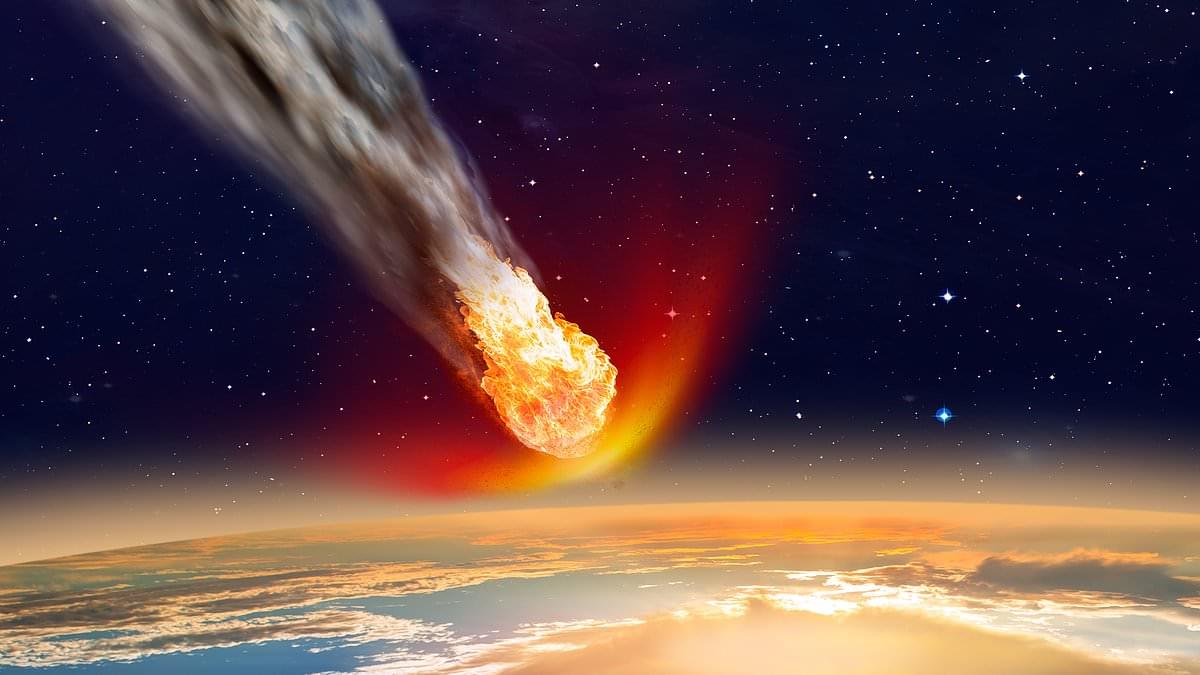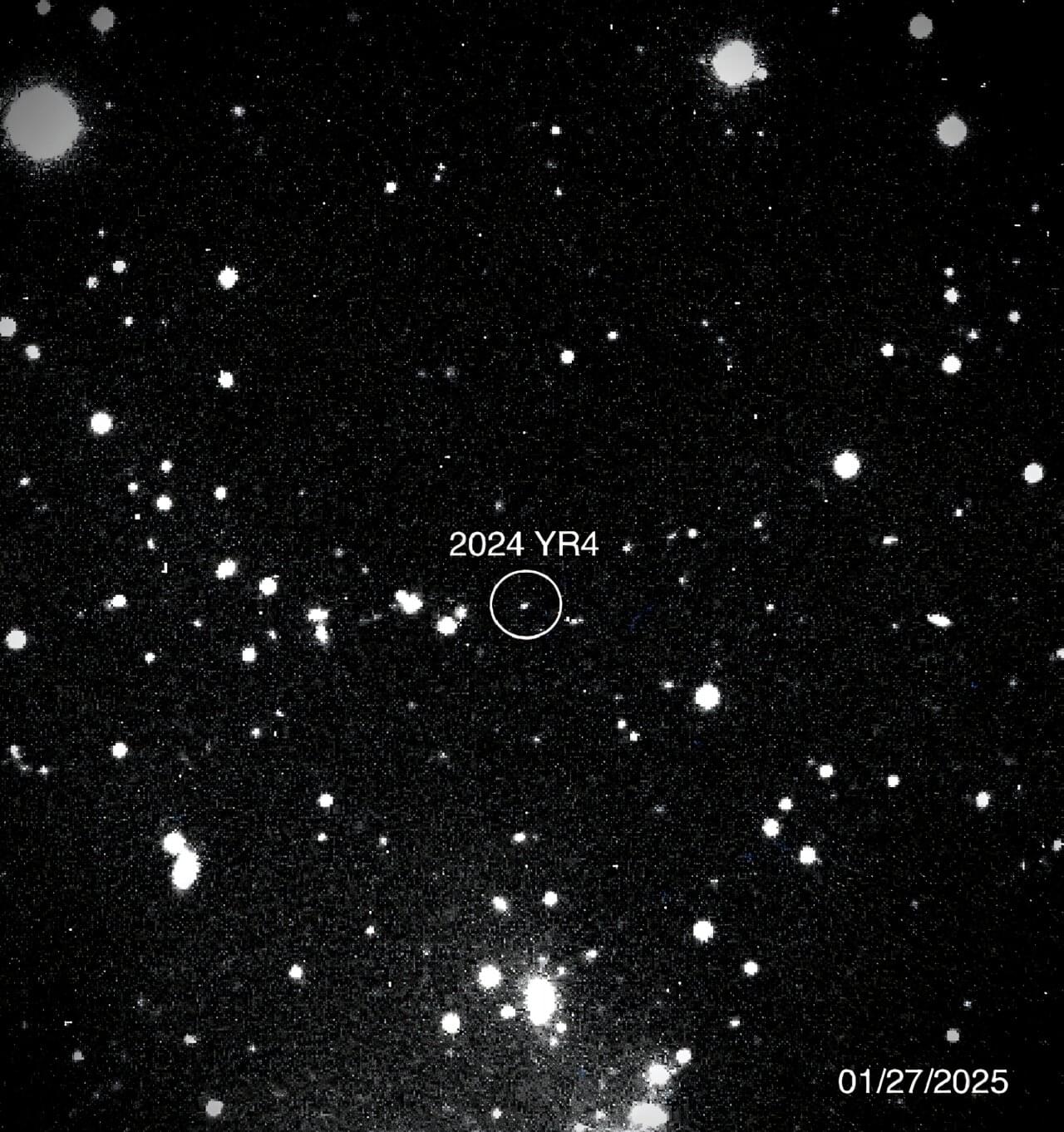Link :
Astronomers have also calculated a predicted impact zone that stretches from South America across the Atlantic Ocean to sub-Saharan Africa.
The asteroid has the potential to cause significant damage, especially if it lands in a densely populated area like a major city due to it being the size of another space rock that hit Earth in 1908 with a blast equivalent to detonating 50 million tons of TNT.
Though estimates suggest a very small increase in the likelihood of impact, astronomer and professor of planetary sciences at the Massachusetts Institute of Technology (MIT) Richard P Binzel told DailyMail.com that it is nothing to worry about.



